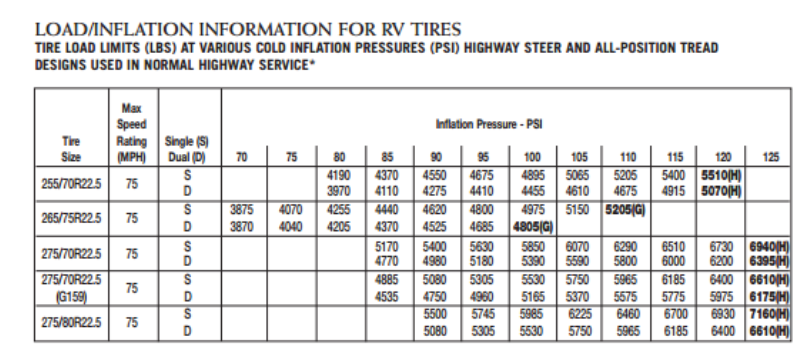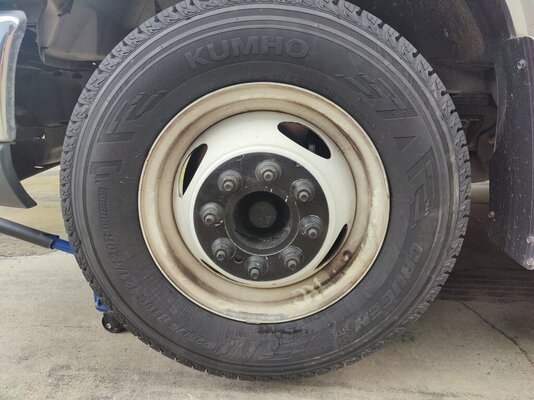Last August I put these tires on my 32ft class C. I've only had one blowout but similar concern....
ordered from tirerack.com
C225/75R-16 KUMHO CRUGEN HT51
the tires I replace were yokohamas I put on after the blowout...they were good tires & looked like they had only about 250 miles or so on them... and they were replaced well before their "time", but I'm being careful.
The new Kumo's have a slightly higher load rating, & I have slightly less worry going down the road with my "stupid design" rig that is basically at capacity or overloaded on the rear axel all the time.... no complaints with them...except I just barely kissed a curb with the outer passenger side on our last outing a few weeks ago, then my son was driving on the same trip and repeated my bonehead move again.... ugh. No visible damage, just a very minor looking scuff, but now I'll worry that the tire has been stressed....


